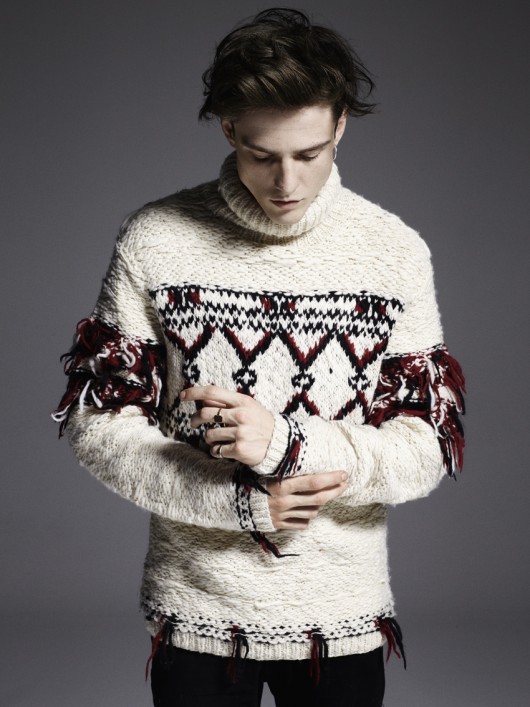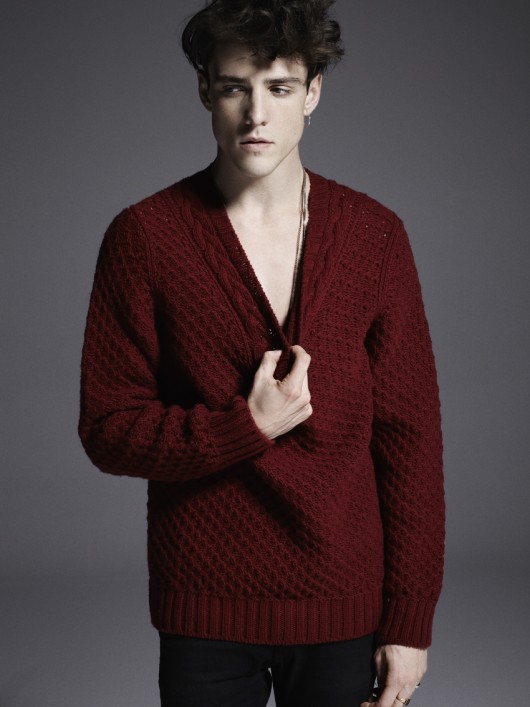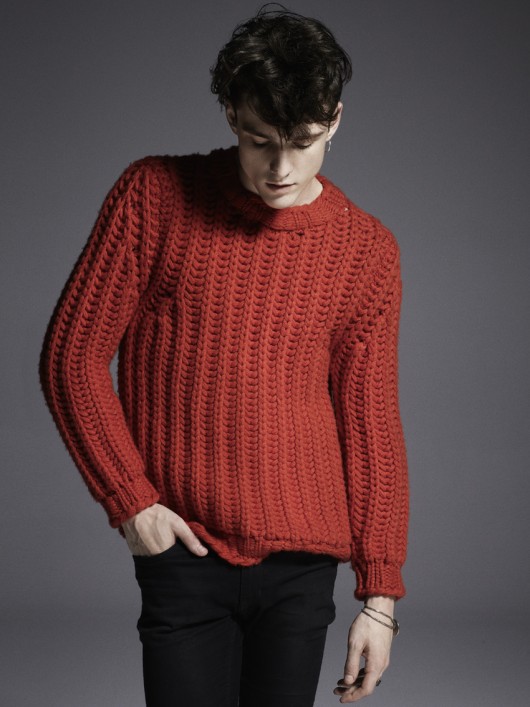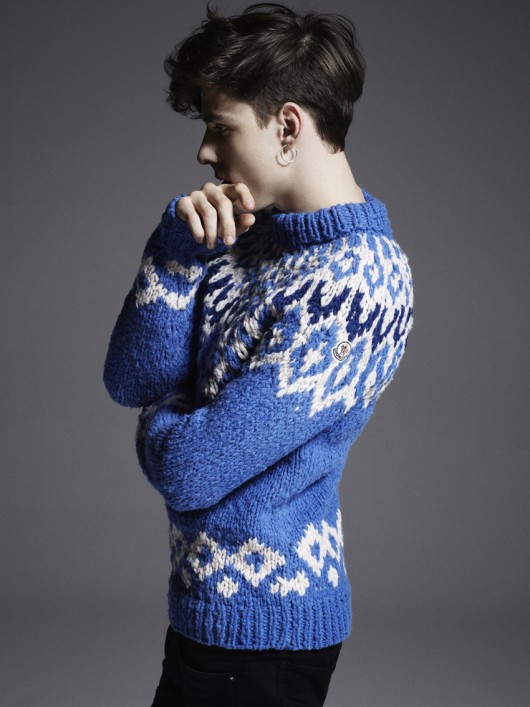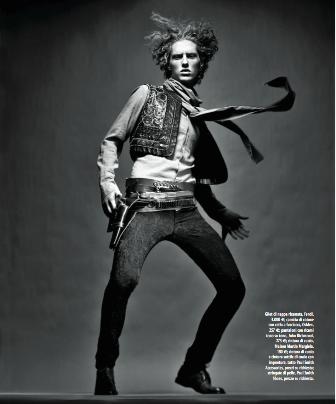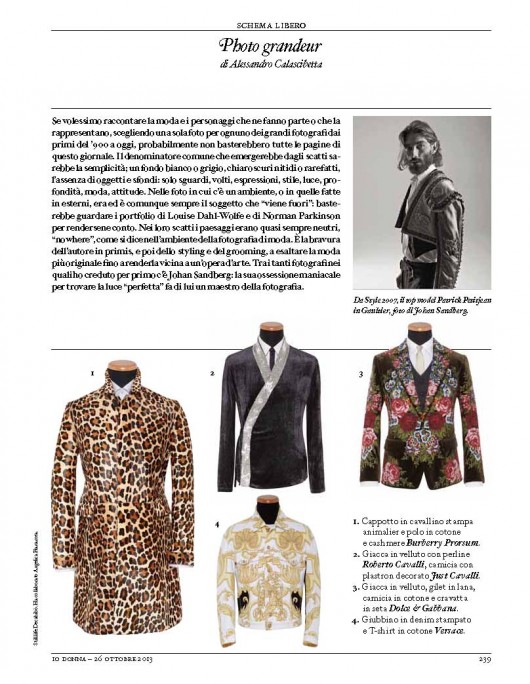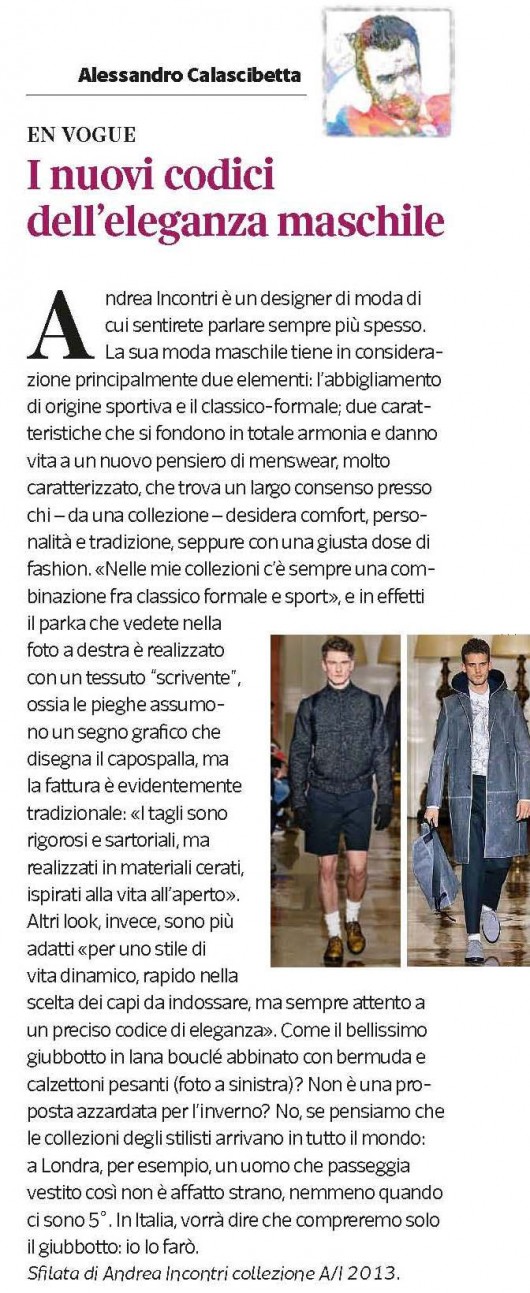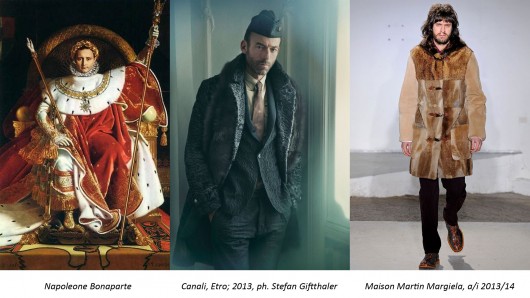
Quando, nei secoli più bui del Medio Evo, gli abitanti di mezza Europa vedevano profilarsi all’orizzonte i drakkar – le agilissime navi vichinghe – cariche di uomini irsuti vestiti di pellicce di orso o di lupo, indubbiamente potevano focalizzare le loro menti su qualsiasi cosa fuorché sul concetto di vanità maschile. Sono passati oltre mille anni ed il rapporto tra uomo e pelliccia si è sviluppato, articolandosi in infinite valenze, senza accantonare quella primaria: coprire il corpo e riscaldarlo. In verità, nell’abbigliamento al maschile come in quello femminile, la pelliccia ha sempre giocato una pluralità di ruoli. Ha rappresentato il lusso, il desiderio di opulenza e di ostentazione, il compiacimento per la vanità e lo sfarzo. Soprattutto, ha messo in evidenza il potere di chi la indossava sino alla regalità, tramandando costantemente la sua simbologia, come un vero fil rouge che ha percorso ogni civiltà. I sovrani egizi, babilonesi, persiani, inca, maya, aztechi, gli imperatori romani prediligevano il vello degli animali più esotici, non di rado dei grandi felini – simbolo di forza ed invincibilità – utilizzandolo persino per adornare i loro cocchi. Nelle città rinate dopo l’anno 1000, mentre si affacciava al potere la nuova classe proto-borghese, proliferavano le leggi suntuarie per limitare l’ostentazione da parte dei nouveaux riches. Anche la pelliccia era chiamata in causa, secondo regole precise che ne stabilivano tipologia e metraggi permessi in base al rango e al censo. La rivoluzione puritana di Cromwell in Inghilterra e le riforme calvinista e luterana nell’Europa centrale, hanno cambiato le carte in tavola: rigore e sobrietà assurgevano a valori etici assoluti.
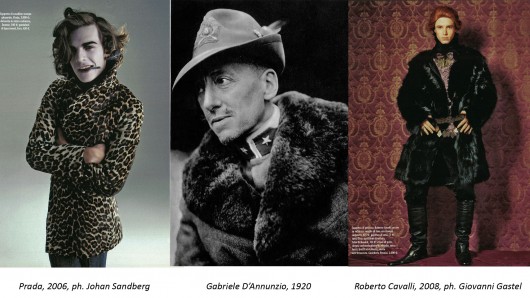
Non per tutti, certo. Il clero cattolico e, soprattutto, l’aristocrazia, si sono auto-esentati dal rispetto di questa nuova morale. La storia dell’arte dell’era moderna è costellata di ritratti di re ed imperatori ammantati di pellicce: da Enrico VIII a Luigi XIV, le Roi Soleil, da Napoleone I a Ludwig II di Baviera. L’affermarsi dell’economia industriale ha rappresentato un’ulteriore svolta. Il ceto produttivo ha saldamente raggiunto il vertice del nuovo ordine sociale, rendendo superflua la necessità di dimostrarlo smaccatamente. La pelliccia, era più che sufficiente per i dettagli, o per gli interni. Solo i grandi magnati – Rockfeller, Vanderbildt, Krupp – continuavano ad osare la pelliccia intera. Oppure i dandy. Come Gabriele D’Annunzio, che completava le “uniformi” di sua creazione con elementi di uno sfarzo pari a quello dei potenti boiardi dell’epoca di Ivan il Terribile. Oggi la pelliccia ha ritrovato appieno il suo ruolo e lo può vivere con una libertà prima impensabile. Sostanzialmente per tre ragioni: ha finalmente smesso di essere uno status symbol; non è più chiamata a rappresentare il potere; l’innovazione tecnologica l’ha resa infinitamente più duttile, facendone un materiale privilegiato per ogni tipo di sperimentazione. Rovesciando un ordine millenario, è diventata manifestazione di ribellione e di stravaganza insieme: l’hanno indossata Jim Morrison, Elton John, Liberace. Oppure di disinvoltura. Già a metà degli anni ’50 Re Olav di Norvegia – il “Re del popolo” che raggiungeva le piste da sci in metropolitana, come tutti gli abitanti di Oslo – nel tempo libero indossava una pelliccia non tanto dissimile da quelle dei sui antenati predatori. Understatement scandinavo e royal chic. Giorgio Re
Vanity, your name is Man. When, during the darkest centuries of the Middle Age, … Continua a leggere →





